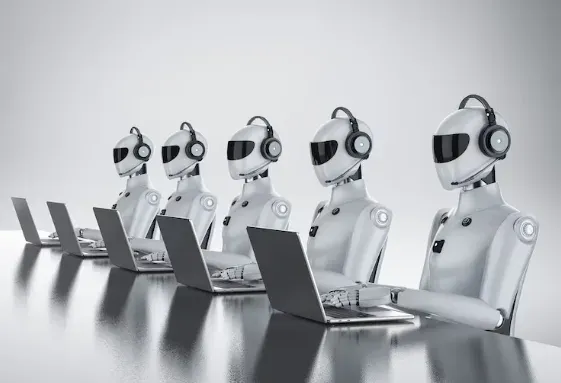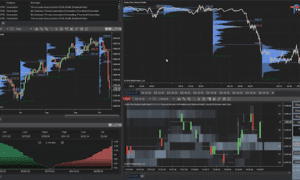AI is definitely the talk of the decade. Not even COVID-19 comes close to it. This technology has advanced so rapidly in the past few years that it is even threatening entry-level white collar jobs in many industries. In fact, AI is no longer a long-term speculation or hype. It is happening right now and unfolding in real time, narrowing the gap between its capabilities and what entry-level employees are being asked to do every day. This could affect an entire generation because some companies have already wiped out junior roles, hiring only mid-level employees and engineers. Others are testing and implementing AI agents to replace junior teams and redundant roles, resulting in massive layoffs. Microsoft, Walmart, and CrowdStrike are just a few that are on this bandwagon, laying off mostly software engineers whose tasks can be done by AI. So what is the current situation and how will the future look like?
The Current State of AI
There are two primary factors that are pushing the growth of AI, specifically LLMs.
- Large AI companies like OpenAI, Google, Anthropic, and Meta are racing to dominate the industry, which means they are competing to improve the capabilities of their LLMs to meet and exceed human performance.
- The US and China are in an AI race, with the US worried about losing ground to China because AI companies like DeepSeek have proven it is possible to develop LLMs cheaply and quickly. Therefore, the executive and Congress are doing little to regulate this industry, resulting in faster growth.
The problem here is that most Americans and citizens of the world are not in the loop about the potential consequences of the growing power of AI. And don’t get me wrong. AI is doing an amazing job at developing new proteins and vaccines in the medical field, enhancing engineering designs, increasing productivity, etc. But it also has its drawbacks. A major one is the loss of jobs and not many people are paying attention to this.
As hundreds of tech companies rush to build AI agents, which use these LLMs to understand tasks, reason, and produce results, the possibilities of AI seem endless. Meta CEO, Mark Zuckerberg, has even been quoted saying AI agents will replace mid-level software engineers by 2025. And he’s offering top AI researchers and talent multimillion dollar deals to join his AI lab to make this a reality.
The Future of AI
Two kinds of organizations are likely to emerge in the future.
- AI-native companies, which are founded and built from scratch using AI at the core of the entire operations. Think of software development companies or marketing agencies that have lean teams comprising mostly high-level employees who use AI agents to do the coding, handle finance, provide customer support, do copy editing, handle marketing, etc.
- AI-emergent companies, which are existing companies that integrate AI into their operations to increase efficiencies and profits without increasing employees, sometimes even reducing the headcount.
Either way, jobs won’t be readily available in the future, particularly white collar types. There have been talks of introducing taxes (token taxes) charged to the AI companies when customers use their models and they make money. This is meant to help governments deal with the expected massive unemployment. But this solution is not ideal.
How To Stay Ahead
I’d say if you can’t beat them, join them. If you’re already a graduate, beginner in a role, mid-level employee, or even a senior, the best way to handle this coming problem is to develop or use AI agents and solutions to your advantage. AI agents make it possible to run lean companies profitably.
If you’re in coding, you can advance your skills in the AI field to be absorbed by companies like Meta or develop AI solutions, such as those that bring intelligence closer to the edge. The latter is particularly an interesting field because devices like smart cameras, smart home appliances, robotics, and self-driving cars rely on AI to make decisions on the fly. Such consumer devices are on demand right now. If you want to get into the action, you will need an AI dev board, and the popular ones in the market currently include Nvidia’s Jetson Nano, Google Coral, and Huskylens.
Once you develop your solutions, you’ll need reliable hardware manufacturing partners to build the final product, and one I can personally recommend is OurPCB. This turnkey PCB electronics manufacturer will help you design, manufacture, assemble, and test your AI hardware quickly before deployment or product launch in the market. OurPCB is also a medical PCB manufacturer, so you can partner with the company to develop medical-grade circuit boards for wearables and surgical robotics with AI capabilities that provide maximum reliability.
Wrapping Up
In this AI era, the future looks bright for those who take charge because wealth will be concentrated by the few who run businesses and industry. So it makes sense to prepare early, strategize, and acquire skills or solutions that remain relevant when AI takes root in every sector globally. Whether you’re into marketing, software development, graphic design, or any other white collar job that can be easily automated, especially at the beginner level, the message is to shape up or ship out.





























